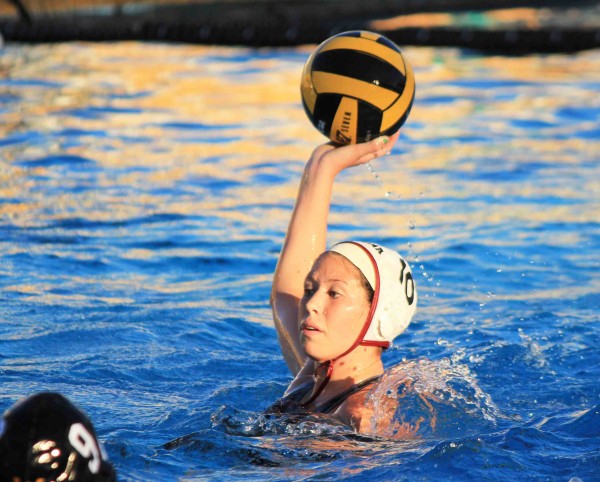Residents will soon see a hike in fees for some recreation programs as a result of a joint-use agreement adopted by the City Council on Tuesday.
The new agreement with the Laguna Beach Unified School District sets terms for the shared use of school athletic facilities, as well as shared funding to renovate the tennis courts and pool at the high school.
While the new agreement retains residents’ rights to make use of school facilities much as before, it shifts a greater share of their maintenance to the city. In turn, city officials will pass some of those costs on to the public through higher fees for recreation programs that use school facilities.

The parties devised the original joint use agreement in October 1992 to share installation and maintenance costs of a new pool at the high school, as well as the refurbishment of the Artists’ Theatre. The 20-year pact also governed shared use of other venues, where each party waived fees for use of their respective facilities.
Over the past year, Mayor Kelly Boyd and Mayor Pro Tem Elizabeth Pearson worked with school board members Ketta Brown and Theresa O’Hare, as well as with City Manager John Pietig and district Superintendent Sherine Smith, to come up with a new agreement covering continued shared use of the various facilities.
Under the previous agreement, the district assumed costs to maintain the gym and fields, while the city shouldered 70 percent of the costs for the pool and tennis courts. Also, the city paid for the pool manager and lifeguards, while the district paid to maintain the pool building.
Instead of a single contract, the City Council this week approved a master joint use agreement with individual five-year agreements covering the pool, tennis courts, gymnasiums and fields, respectively.
Under the new terms, the city and district will still share pool expenses 70/30, but the city will take over the building maintenance.
For the tennis courts, an unofficial 70/30 cost sharing arrangement between the city and the district was formalized in the new pact.
With the exception of a $900,000 contribution towards expanding El Morro’s playing field in 2000, the city has not contributed towards maintenance of school gyms and fields. But the new agreement “is where we start to diverge from the historical relationship,” Ben Siegel, deputy director of community services, told the council.
To offset janitorial and utility costs, the new agreements impose a 10 percent surcharge, phased in over two years, on fees for city recreation programs taking place on school facilities. Additionally, drop-in basketball players will now pay $3 instead of $2 currently charged to join a game of hoops. The surcharges on recreation and basketball drop-in fees will go entirely to the district and generate about $20,000 a year and $1,500 a year, respectively, said Siegel.
Separately, the master agreement stipulates that the city pay the district $25,000 a year for capital improvements over the five-year term.
The city will also pay for 70 percent of $620,000 in tennis court improvements, under the new agreement. The city has already budgeted $310,000 for the project and the remaining $125,000 will come from advance payment for five years of capital improvement contributions.
Siegel said the pool agreement will likely be amended by next May to address renovation; the city has already budgeted $200,000 toward the project.
Before approving the agreements, the City Council deliberated over a few sticking points.
If tennis court renovation included the addition of lighting, neighbors should be noticed in advance, Council member Toni Iseman said. “I want to make sure we protect our residents who are most potentially adversely affected,” agreed council member Steve Dicterow.
Iseman also lamented the lack of an agreement formalizing shared use of the Artists’ Theatre. “We’re just giving [the district] a pass,” she said.
Though the city contributed $300,000 to the refurbishment of the theater more than 20 years ago, scheduling use of the theater remains at the district’s prerogative, governed by a 2008 policy that provides for use by community groups, but prioritizes district use.
Siegel noted that the city tried to include the theater in the joint use agreement, but the district refused.




